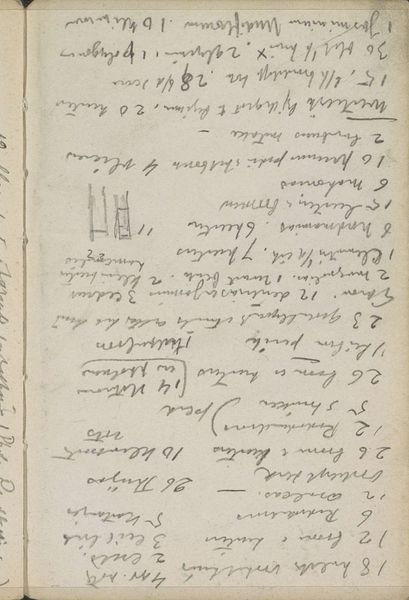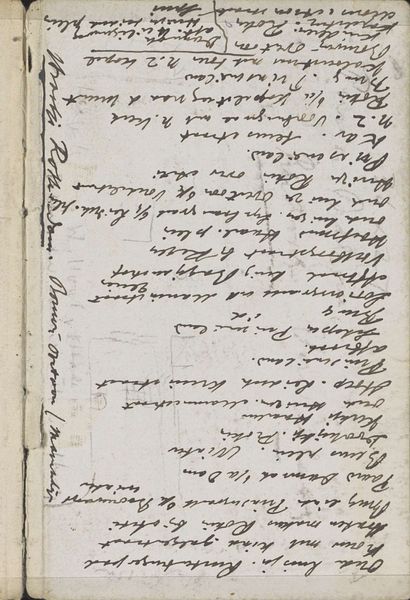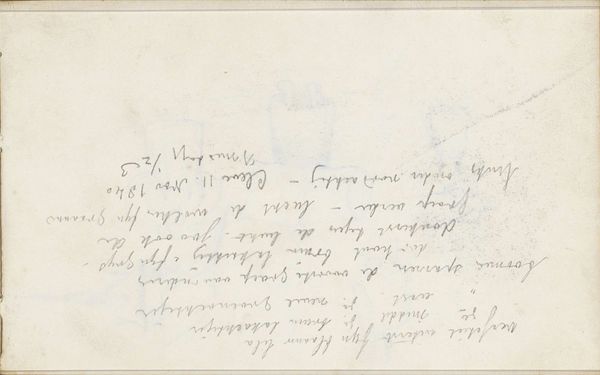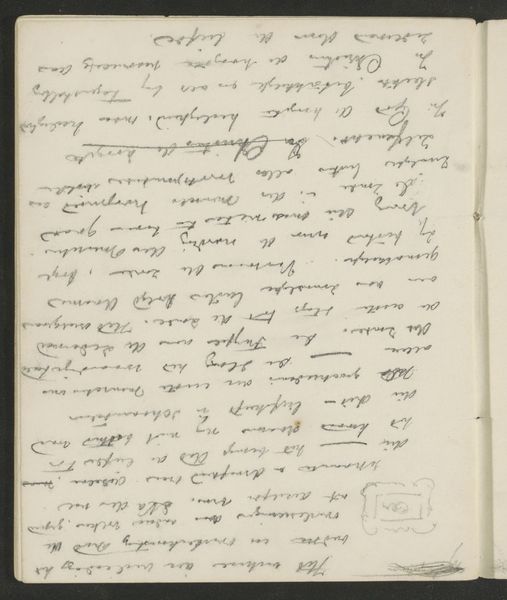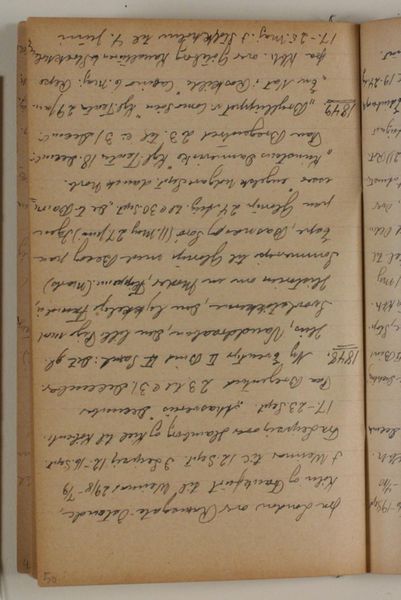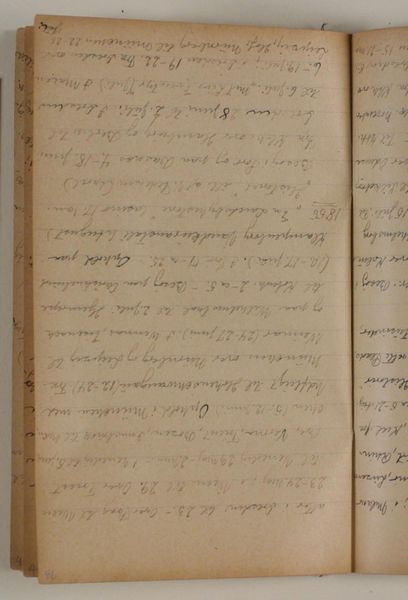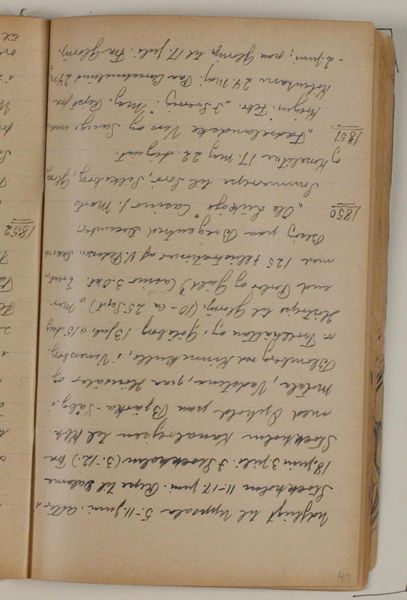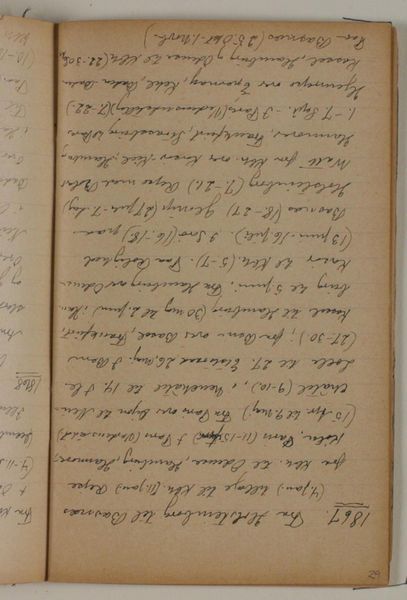
drawing, paper, ink
#
portrait
#
drawing
#
hand written
#
hand-lettering
#
dutch-golden-age
#
impressionism
#
hand drawn type
#
hand lettering
#
paper
#
personal sketchbook
#
ink
#
hand-written
#
hand-drawn typeface
#
pen work
#
sketchbook drawing
#
sketchbook art
#
modernism
Copyright: Rijks Museum: Open Domain
Curator: Breitner's "Opzet voor een brief," possibly from the 1880s, rendered in ink on paper... it's an intriguing glimpse into a working process. The frantic nature suggests it wasn't meant to be viewed. Editor: It feels so intimate, like peeking over the artist's shoulder. What exactly was involved in creating artworks back then? What do you make of its materiality and its context? Curator: Well, let's consider the socio-economic landscape. Paper wasn't always cheap or easily accessible, so the very act of Breitner using it for what appears to be a rough draft speaks volumes. He's experimenting, working through ideas... almost like sketching with words. Did Breitner create it purely for artistic intent, or does he think of the final customer already in the process of producing the letter? Editor: I guess the economic impact must have dictated who had the privilege to access such supplies... it makes one wonder what the role of written correspondence occupied during the Golden Age... Curator: Precisely! Letter writing was a crucial means of communication, record-keeping, and conducting business. It reveals how information and social connections were carefully crafted and materialized, using pen and paper. Are those tools simple enough in and of themselves? Editor: That puts a whole new perspective on it. It's more than just a discarded draft; it's evidence of artistic labor. All of these choices... and constraints! Curator: Exactly. Think about the labor involved: producing the paper, making the ink, the physical act of writing, distributing the message. These elements, too often overlooked, shape our understanding of the final artwork. Editor: I see how focusing on these seemingly mundane aspects offers a richer, more grounded understanding of the artwork. Thank you! Curator: My pleasure. Looking at art through the lens of its material creation connects us more profoundly to both its history and its lasting cultural resonance.
Comments
No comments
Be the first to comment and join the conversation on the ultimate creative platform.

